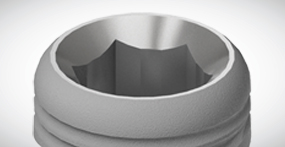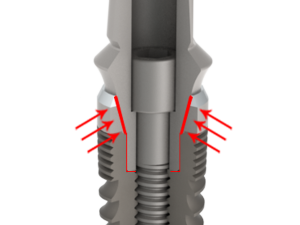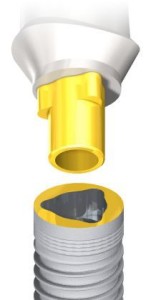Implants 101
Implant Body (Dental Implant):
The screw shaped titanium piece that becomes the foundation for the crown.
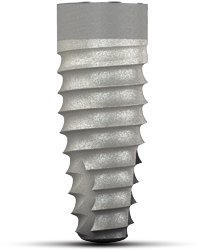
Healing Abutment:
An extension inserted (screwed) into the implant body. This piece is useful for (1) findingthe implant after healing and (2) shape the gingival contours. This defines a “1 stage” technique
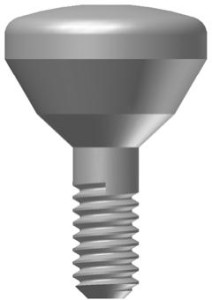
Cover Screw:
A flat screw that simply covers the internal parts of the implant from the oral environment and keeps bone from growing into the inside of the implant. This defines a “2 stage” technique and tissue will end up healing over the cover screw. If this is chosen, a second surgical procedure (stage 2) is needed to uncover the implant and place a healing abutment.
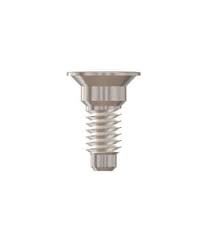
Impression Coping:
A piece that screws into the implant body that impression material covers as a way to index where the implant is oriented in space in order to transfer this information to a model. There are “open” try and “closed” tray techniques. An open tray technique has a physical hole in the impression tray allowing the impression coping to be removed with the impression supplying more accuracy. A “closed” technique is done when the impression is removed from the patient and the impression coping remains in the mouth. The coping is then unscrewed and inserted into the impression (thus allowing for some inaccuracy).
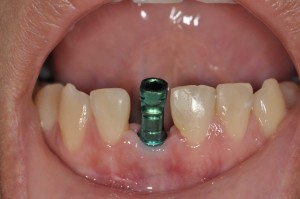
Custom Abutment:
The final extension that will connect the implant body to the patients crown. It is custom in that it was shaped specifically for this patient. Custom abutments are often needed when an implant is placed at an unfavorable angle necessitating the abutment to correct the angle for appropriate crown positioning within the arch.
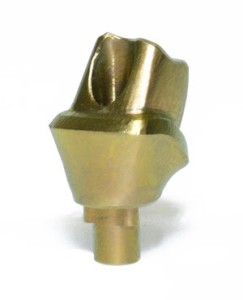
Stock (pre-fabricated) abutment:
In contrast to the custom abutment, this is an abutment that comes stock from the implant company at a pre-specified angle and shape. Of note, many companies “stock” abutment can be modified by the lab to become a “custom” abutment.
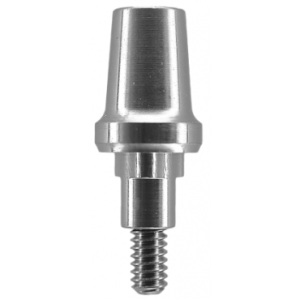
Screw Retained Restoration:
A screw retained restoration is one that has a screw that passes through the crown to retain it to the abutment. It requires an access hole that will need to be filled. The benefit of this is that there is no cement (which studies have shown is VERY difficult to remove from the sulcus) and it also makes the crown retrievable.
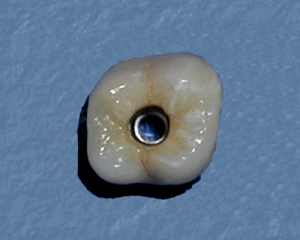
Cement Retained Restorations:
Cement retained restorations are like a traditional crown. A cement retains the crown on the final abutment. The major disadvantage here is that the cement is hypothesized to cause bone loss as microscopic amounts of it remain in the sulcus causing inflammation.
Implant Connection:
Implants have several connection possibilities. There are “external hex” connections, “internal hex” arrangements, “tri-lobe” connections, and “conical” connections (aka Morse taper) to name a few.
See photos:

